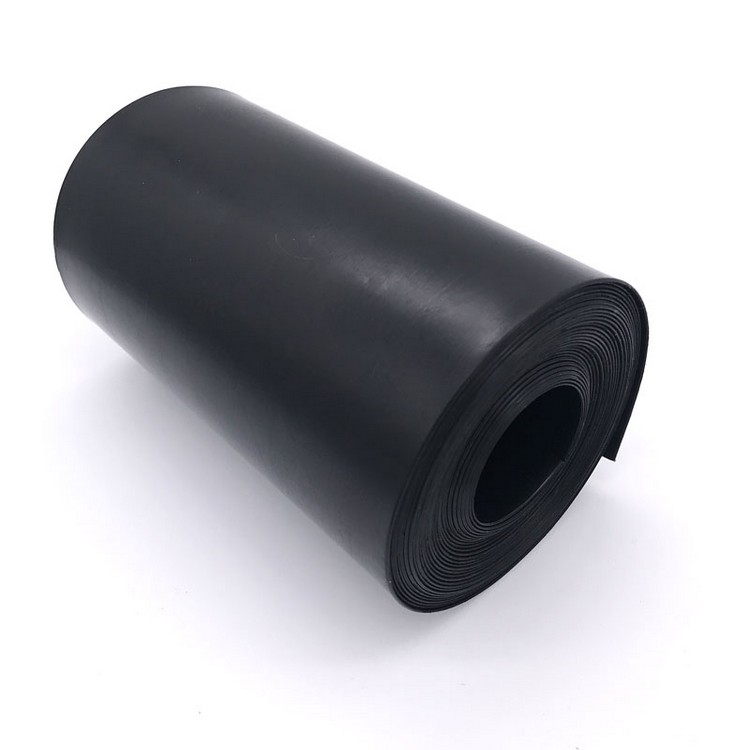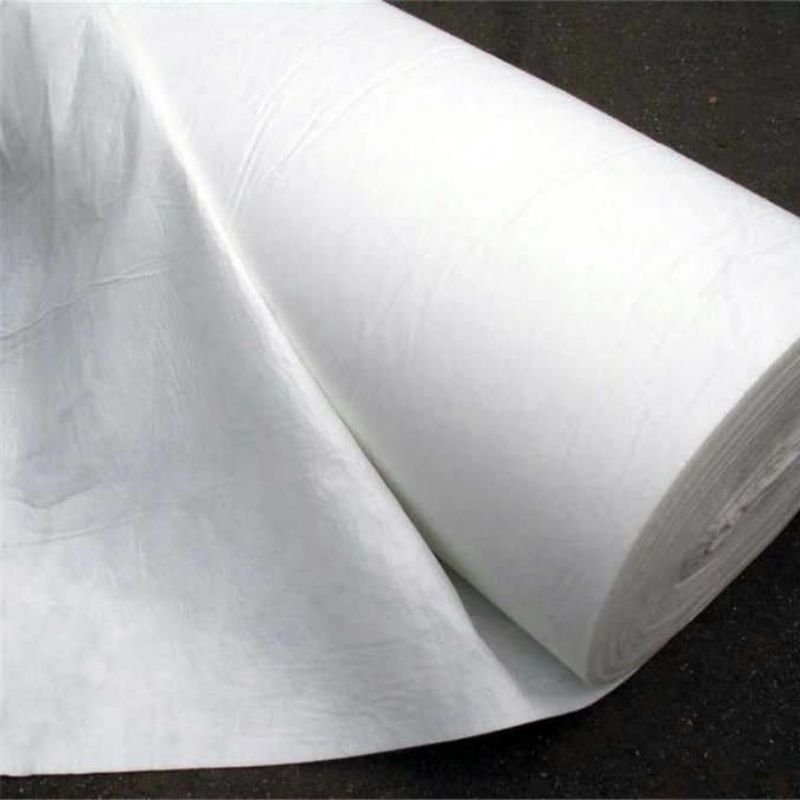A Daily News Service of the North Carolina Coastal Federation
The first North Carolina beach community to build a terminal groin after state lawmakers lifted a 30-year ban is looking at the possibility of constructing more hardened erosion-control structures. Roofing Membrane

The Village of Bald Head Island recently asked its legislative delegates to bump the number of permits the state can issue for terminal groins from six to seven, giving the Brunswick County island government the option of building what it describes as a field of rock structures to curb erosion.
The North Carolina coast is spectacular. When you purchase a North Carolina Coastal Federation license plate, you help keep our coast healthy and beautiful. Learn more!
Learn how you can be in the Sponsor Spotlight!
This would replace a series of fabric sand tubes installed along the east end of the village’s south beach, an area where chronic erosion threatens The Shoals Club. The private club has had a state-permitted sandbag revetment installed on the property to help protect it from the encroaching ocean.
Proposed changes to the 2011 law were recently handed over to Rep. Charles Miller, Sen. Bill Rabon, both Republicans, and N.C. Department of Environmental Quality Secretary Elizabeth Biser.
Biser and Miller visited the island May 17 after touring the Brunswick County water treatment plant’s reverse osmosis project, according to Sharon Martin, DEQ’s deputy secretary of public affairs.
“Secretary Biser appreciated the opportunity to meet with the local leaders and hear their concerns,” Martin said in an email responding to questions. “The visit to BHI was part of the Brunswick County visits arranged by Representative Miller for that afternoon.”
Never miss the stories that matter to North Carolina’s 20 coastal counties. Subscribe to receive our daily email with the latest Coastal Review headlines. It’s free!
Learn how you can be in the Sponsor Spotlight!
Language the village has drafted to amend the current law specifies that the number of rock structures that would replace fiber, sand-filled tubes would not exceed the existing number of permitted tubes or surpass the length of the longest existing tube.
“The structure(s) or field of structures may consist of groins,” the draft language states.
It is unclear if and when the drafted language might be introduced in the General Assembly.
Miller’s office did not respond to a phone call and email for comment. Rabon’s office also did not respond to a request for comment.
The existing soft tube groin field rests on the opposite end of south beach from the 1,300-foot-long terminal groin built nearly 10 years ago. The groin, a wall-like structure built perpendicular to the ocean shoreline, is designed to stop the movement of sand.
Bald Head Island Public Information Officer and Deputy Clerk Carin Faulkner explained that the village is being proactive in exploring long-term, more cost-effective shoreline stabilization alternatives at the east end of south beach.
Fiber tubes must be replaced every four or five years, she said.
Bald Head is among a small number of Brunswick beaches that get sand injections from periodic dredging that the U.S. Army Corps of Engineers does to maintain the Wilmington Harbor navigation channel.
“We have successfully proven that an engineered beach solution works to stabilize our shoreline,” Bald Head Island Mayor Pro Tem Scott Gardner said in a statement to Coastal Review. “The combination of soft groins, a terminal groin, and a sand management plan have demonstrated that by slowing the movement of sand from our beaches, we can protect our infrastructure and property, and improve habitat for wildlife. Our 2025 plan maintains the quality of shoreline stabilization on the west end of south beach and allow us to begin investigating the possibility of a similar stabilization plan on the east end of south beach.”
The 2025 locally funded coastal storm damage reduction project will place more than 1 million cubic yards of sand onto shore at the terminal groin fillet, the east end of south beach and used to fill new fiber tubes that will replace existing ones in the tube groin field on the east end.
The village has obtained the necessary permits for the project, which is ready to go out for bids, Faulkner said.
Sand for the 2025 project is being tapped from Jay Bird Shoals, a borrow source that is not projected to have enough sand to provide for the future needs of Bald Head’s ocean beach.
The village has thus far unsuccessfully convinced the federal government to allow it to use a portion of Frying Pan Shoals as a sand borrow source.
In 2017, the village applied for a federal permit to mine with a 460-acre area on the western portion of Frying Pan Shoals about a mile off the island’s southeast shoreline.
Frying Pan Shoals is a line of shallow sandbars trailing from the southeastern tip of Bald Head island some 30 miles into the Atlantic Ocean and is an area that has no record of ever being dredged.
This is an area that includes essential fish habitat, a federal designation that describes waters and substrate necessary for fish for spawning, breeding, feeding or growth to maturity.
Bald Head Island is one of only two beach towns authorized to build terminal groins since the General Assembly in 2011 repealed the longstanding ban on the use of hardened erosion-control structures on the state’s beaches. Ocean Isle Beach in Brunswick County built its terminal groin in the winter of 2021-22.
Figure Eight Island in New Hanover County, Holden Beach in Brunswick County and Carteret County ultimately decided against building terminal groins on their shores.
North Topsail Beach in Onslow County is developing a draft environmental impact statement examining potential options, including a hardened structure, for stabilizing its shore at the New River Inlet.
Coastal Review Assistant Editor Jennifer Allen contributed to this report.
Filed Under: Beach & Inlet Management, Coastal Policy, Featured, News & Features, Spotlight Tagged With: Bald Head Island, beach nourishment, DEQ, North Carolina General Assembly, terminal groins Reprint this Story
Trista Talton joined Coastal Review as staff writer Feb. 1, 2022, but she has covered coastal issues for us since our publication’s inception. She is a native North Carolinian and graduate of Appalachian State University. Her career as a journalist spans more than 20 years, most of which has been reporting on issues in southeastern North Carolina. Her reporting experience includes more than 10 years of covering the military, including an embed with Marines in Kuwait leading up to the start of the war in Iraq in 2003, time in New Orleans with North Carolina National Guardsmen in the aftermath of Hurricane Katrina, and offshore patrols of New York and New Jersey aboard a Coast Guard cutter following the Sept. 11 attacks. She lives with her husband and two sons in Jacksonville.
Winner of 5 North Carolina Press Association awards in 2023.
Published by the North Carolina Coastal Federation

Liner Sand Finish © 2024 North Carolina Coastal Federation. All rights reserved.↑
